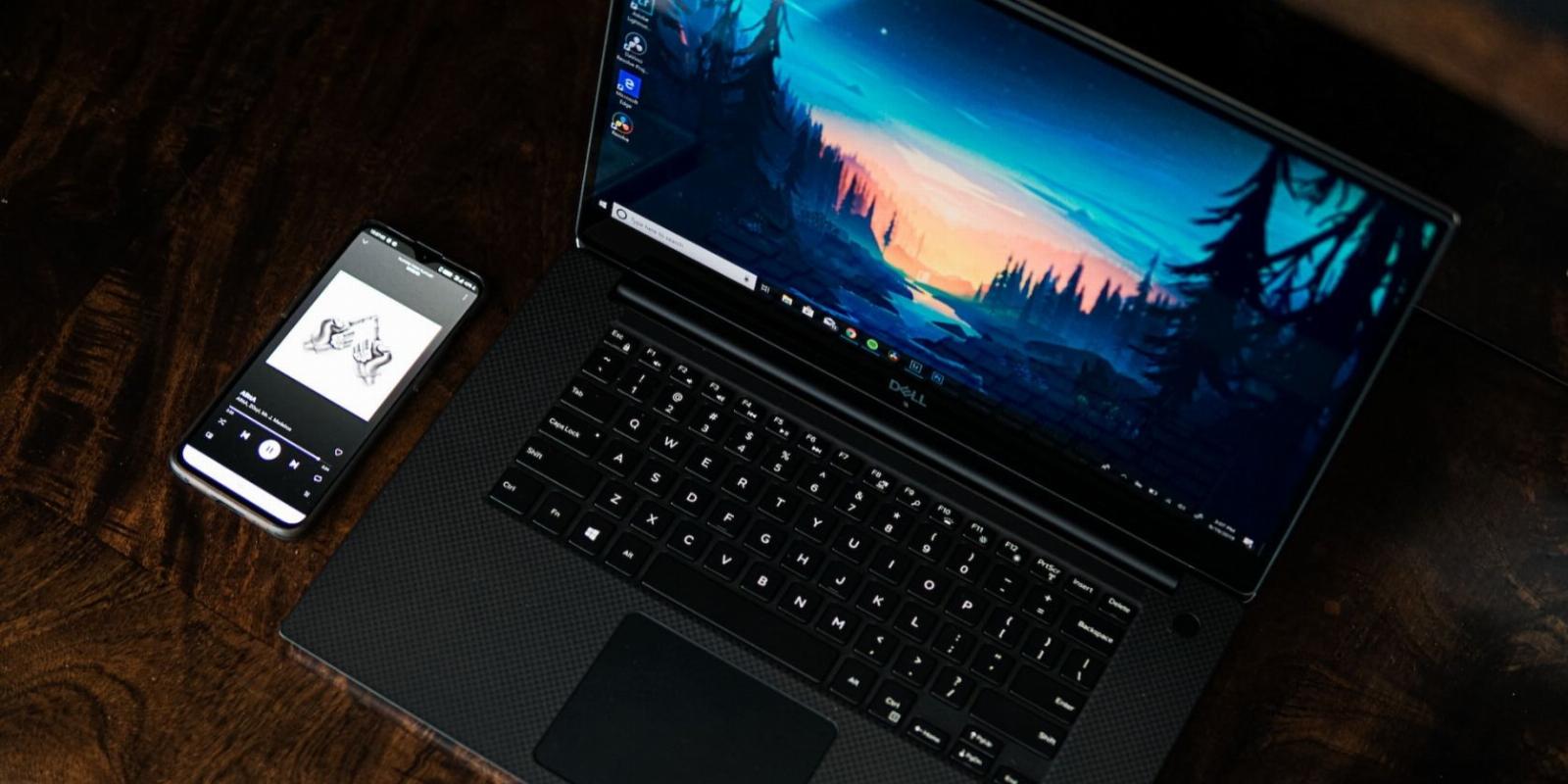
How to Run the System File Checker (SFC) in Windows
Reading Time: 4 minutesThe System File Checker is the first port of call for Windows-related issues. Here’s how to open it and get it running.
Your Windows computer depends on operating system files to get the information it needs to run smoothly. But sometimes, these files can become corrupted or go missing from your PC, affecting your system negatively in various ways. For example, when something’s wrong with a critical system file, your computer might become slow or crash frequently.
An easy way to fix problematic system files is to use the System File Checker (SFC). This tool will scan your computer, check the integrity of each system file, and repair those that are damaged or missing.
Here’s what you need to know about running the SFC tool on Windows.
How to Run a System File Checker Scan on Windows
To use the SFC, you need to run a single command in Command Prompt. Here’s how:
- Press Win + S to open Windows Search and type command prompt in the search box.
- This will bring up Command Prompt in the search result. Click on the Run as administrator option.
- Click Yes in the UAC prompt to allow Command Prompt to make changes to your computer.
- In Command Prompt, enter the below command, and then hit the Enter key:
SFC /scannow
If you’re unfamiliar with operating system files, please read our guide on what system files are on Windows. And to learn everything you need to know about Command Prompt, you can check out our beginner’s guide to Command Prompt.
What Happens After I Run the System File Checker?
After the System File Checker completes its scan, it will display a message in the Command Prompt window with the results.
If your system files are okay, you’ll see a message that says ‘Windows Resource Protection did not find any integrity violations.’ If SFC found and fixed all problematic files, the message will read ‘Windows Resource Protection found corrupt files and successfully repaired them.’
On the other hand, if it found corrupted files but couldn’t repair any or all of them, the message will read ‘Windows Resource Protection found corrupt files but was unable to fix some of them.’ And if SFC encounters a problem, the message will say ‘Windows Resource Protection could not perform the requested operation.’
Other SFC Commands You Can Run on Windows
The SFC /scannow isn’t the only System File Checker Command you can run. Here are a couple more and what they do:
How to Run an Offline SFC Scan on Windows
There are a few scenarios that warrant the use of the SFC without logging into Windows. One such scenario is if the operating system files are so corrupted that Windows cannot start.
In that case, you can run SFC by creating a bootable Windows disc or drive and using it to fix damaged system files. This is called an offline scan.
The important thing to remember about an offline scan is that you need to tell the SFC where to find Windows on the bootable drive. Here’s what a /scannow command would look like if you ran it offline:
SFC /scannow /offbootdir=d:\ /offwindir=d:\windows
That above command will tell SFC to look for Windows in the Windows folder on the D: drive. But keep in mind that the Windows version on the bootable media needs to be the same as the one installed on your PC for the scan and repair to be successful.
How to Find the SFC Log File On Windows
After the SFC does its thing, it will log the results of the scan and any repairs it made into a text file called CBS.log. To open it, press Win + R to open Windows Run, enter the below text, and click OK:
%windir%\logs\cbs\cbs.log
The CBS.log file contains other logs besides those from the System File Checker. When looking through the entries, look for those that have an [SR] tag on them. Each entry will contain the date and time of the scan, along with the details of what happened.
If you don’t want to bother with searching through the CBS.log file for the entries with the [SR] tag, you can extract them to a file called sfcdetails.txt. To do that, open Command Prompt as an administrator, and run the below command:
findstr /c:'[SR]' %windir%\logs\cbs\cbs.log >sfcdetails.txt
You can find sfcdetails.txt by heading to This PC > Local Disk (C:) > Windows > System32.
You’ll see that the log file contains entries from the System File Checker only.
If you’re doing an offline scan, you can enable logging by simply specifying the file path with the following command structure:
/offlogfile=[offline log file path]
Just replace offline log file path in the square brackets with the actual path you want to store the offline log file in the offline directory. Then, insert this entire command after the /windir command when running an offline SFC scan.
Running the System File Checker, Demystified
We have only just begun to scratch the surface of what you can do with the System File Checker on Windows 10 and 11. However, now that you know how to run SFC (both in and out of Windows), you can use the tool effectively to troubleshoot problems with operating system files.
Using the SFC effectively is a necessary skill for every Windows user, and it’s just one of the many tools you can use to fix problems on your Windows computer.
Reference: https://www.makeuseof.com/system-file-checker-sfc-windows/
Ref: makeuseof
MediaDownloader.net -> Free Online Video Downloader, Download Any Video From YouTube, VK, Vimeo, Twitter, Twitch, Tumblr, Tiktok, Telegram, TED, Streamable, Soundcloud, Snapchat, Share, Rumble, Reddit, PuhuTV, Pinterest, Periscope, Ok.ru, MxTakatak, Mixcloud, Mashable, LinkedIn, Likee, Kwai, Izlesene, Instagram, Imgur, IMDB, Ifunny, Gaana, Flickr, Febspot, Facebook, ESPN, Douyin, Dailymotion, Buzzfeed, BluTV, Blogger, Bitchute, Bilibili, Bandcamp, Akıllı, 9GAG